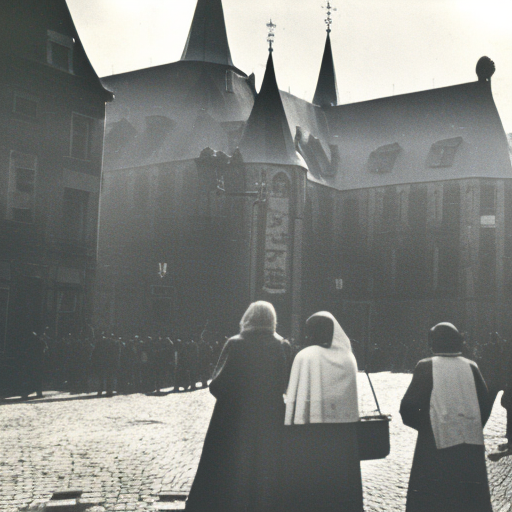Siege of Groenlo: A Key Battle in the Eighty Years’ War
The Siege of Groenlo, also known as the Siege of Grol or the Siege of Groll, was a significant military engagement that took place during the Eighty Years’ War between the Dutch Republic and the Spanish Empire. The siege occurred in 1627 and lasted for almost a month, resulting in the capture of the strategic town of Groenlo by the Dutch forces.
The Background: The Eighty Years’ War
The Eighty Years’ War, also known as the Dutch War of Independence, was a conflict fought between the Dutch Republic and the Spanish Empire from 1568 to 1648. The war was primarily a struggle for Dutch independence from Spanish rule and had profound political, religious, and economic implications for both sides.
The Importance of Groenlo
Groenlo, located in the eastern part of the Dutch Republic (present-day Netherlands), was a crucial stronghold for the Spanish Empire. The town was strategically positioned on the border between the Dutch Republic and the Spanish-controlled territories, making it a valuable asset for both sides. Its capture would provide the Dutch with a significant advantage in their fight for independence.
The Siege Begins
In 1627, the Dutch forces, led by Frederick Henry, Prince of Orange, launched a military campaign to capture Groenlo. The siege began on July 20th, with the Dutch army surrounding the town and cutting off its supply lines. The Spanish garrison inside Groenlo, under the command of Isabella Clara Eugenia, fought fiercely to defend the town.
The Tactics and Challenges
The Dutch employed various tactics to breach the defenses of Groenlo. They constructed siege works, including trenches, artillery batteries, and siege towers, to weaken the fortifications and launch attacks. However, the Spanish defenders put up a strong resistance, making it difficult for the Dutch to make significant progress.
The Dutch faced several challenges during the siege. The fortifications of Groenlo were well-designed and provided the Spanish with a strong defensive position. The town was surrounded by moats and walls, making it challenging for the Dutch to breach the defenses. Additionally, the Spanish garrison had ample supplies and reinforcements, which prolonged the siege.
The Turning Point
After weeks of intense fighting, the Dutch forces finally gained a breakthrough. On August 20th, they successfully breached the walls of Groenlo, overwhelming the Spanish defenders. The Dutch soldiers stormed into the town, engaging in fierce hand-to-hand combat with the remaining Spanish troops.
The Capture of Groenlo
The capture of Groenlo was a significant victory for the Dutch Republic. The town’s strategic location and well-fortified defenses made it a challenging target, but the Dutch forces persevered and emerged victorious. The Spanish garrison suffered heavy casualties, and the remaining defenders were either killed, captured, or forced to retreat.
The Aftermath
The capture of Groenlo had far-reaching consequences for the Dutch Republic and the Spanish Empire. It bolstered the morale of the Dutch forces and demonstrated their ability to successfully besiege and capture well-defended towns. The victory also weakened the Spanish Empire’s hold on the eastern territories of the Dutch Republic, paving the way for further Dutch advances.
The Siege of Groenlo was a pivotal event in the Eighty Years’ War, showcasing the determination and military prowess of the Dutch forces. It marked a significant step towards Dutch independence and set the stage for future successes in the conflict. The capture of Groenlo remains an important chapter in the history of the Dutch Republic and its struggle against Spanish domination.












